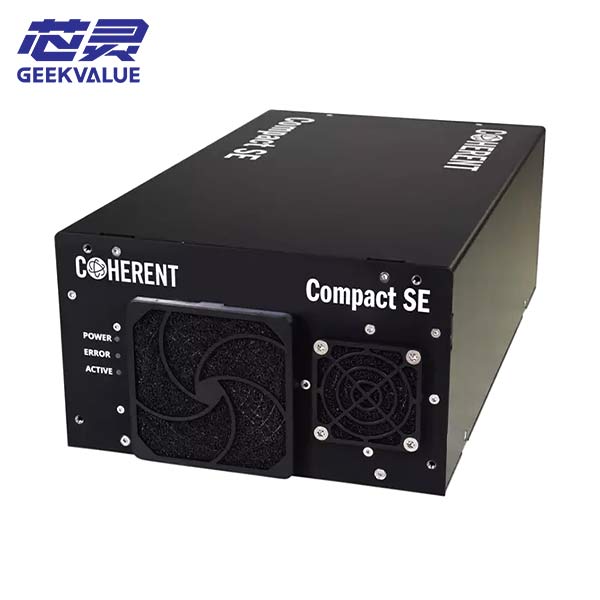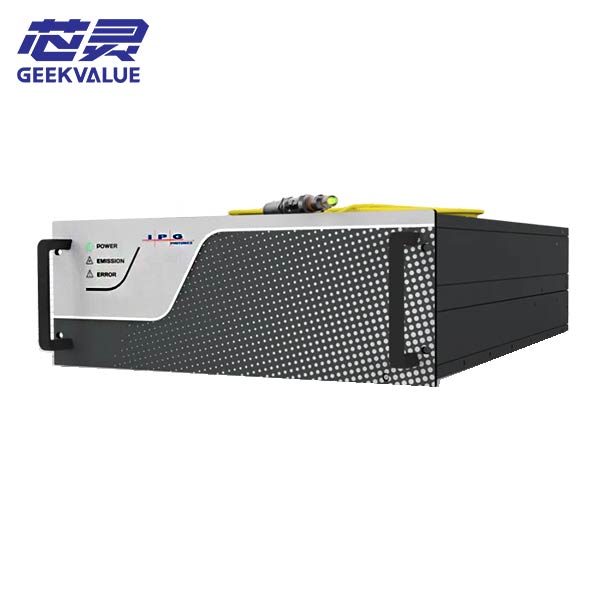Maxphotonics MFP-20-nin hərtərəfli tətbiqi
I. Məhsula Baxış
MFP-20, Maxphotonics tərəfindən buraxılmış, dəqiq işarələmə, oyma və mikro emal üçün nəzərdə tutulmuş ilk 20 Vt impulslu fiber lazerdir. O, yüksək çeviklik, yüksək dəqiqlik və uzun ömürlü, metal və qeyri-metal materialların incə emalı üçün uyğun olan MOPA (master osilator gücləndiricisi) texnologiyasını qəbul edir.
2. Əsas Xüsusiyyətlər
Xüsusiyyətlər MFP-20 Texniki Üstünlüklər Tətbiq Dəyəri
MOPA texnologiyası müxtəlif material tələblərinə cavab vermək üçün impuls genişliyini (2-500ns) və tezliyi (1-4000kHz) müstəqil şəkildə tənzimləyir. Bir maşın müxtəlif məqsədlər üçün istifadə edilə bilər, bu da avadanlıqların dəyişdirilməsi xərclərini azaldır
Yüksək şüa keyfiyyəti M²<1,5, kiçik fokuslanmış nöqtə (≤30μm), aydın kənarlar və incə işarələmə (QR kodu, mikron səviyyəli mətn)
4000 kHz-ə qədər yüksək təkrarlama tezliyi, istehsalın səmərəliliyini artırmaq üçün yüksək sürətli emalları dəstəkləyir (məsələn, geniş miqyaslı markalama)
Geniş material uyğunluğu Metal (paslanmayan polad, alüminium), qeyri-metal (plastik, keramika, şüşə) emaldan sonra sənayelərarası universallıq
Uzun ömürlü dizayn Uzunmüddətli istifadə xərclərini azaltmaq üçün lif quruluşuna qulluq tələb olunmur, nasos mənbəyinin ömrü>100.000 saat
3. Texniki parametrlər
Parametr spesifikasiyası
Lazer tipli MOPA pulse fiber lazer
Dalğa uzunluğu 1064nm (infraqırmızıya yaxın)
Orta güc 20W
Maksimum güc 25kW (tənzimlənən)
Pulse enerjisi 0,5 mJ (maksimum)
Pulse eni 2-500ns (tənzimlənən)
Təkrarlama tezliyi 1-4000kHz
Şüa keyfiyyəti M²<1.5
Soyutma üsulu Hava soyutma (xarici suyun soyudulmasını sərf edir)
İdarəetmə interfeysi USB/RS232, əsas markalanma proqramını dəstəkləyir (məsələn, EzCad)
IV. Tipik tətbiqlər
Dəqiq işarələmə
Metal: paslanmayan poladdan seriya nömrəsi, tibbi cihazın ticarət nişanı.
Qeyri-metal: plastik QR kodu, keramika QR kodu.
Mikro emal
Kövrək materiallar (şüşə, sapfir) üçün mikrokəsici və kəsici alətlər.
Səthi müalicə
Bölmə solğun işarələri və inleyləri azaldıb.
V. Rəqabət üstünlüklərinin müqayisəsi
MFP-20 adi Q keçidli lazerə malikdir
Nəbz nəzarəti Pulse eni/tezliyi müstəqil tənzimlənə bilər Sabit impuls eni, çevik aşağı
Emal sürəti Yüksək enerji hələ də yüksək tezlikdə (4000 kHz) saxlanılır. Enerji zəifləməsi yüksək tezlikdə əhəmiyyətlidir
Material qabığı Metal + qeyri-metal tam örtük adətən yalnız metal üçün uyğundur
Baxım dəyəri İstehlak materialları yoxdur, hava ilə soyudulmuş dizayn lampaların və ya kristalların müntəzəm dəyişdirilməsini tələb edir
VI. Seçim təklifləri
Tövsiyə olunan ssenarilər:
3C elektronika və tibbi cihaz sənayesində çox materialın markalanması tələb olunur
Daha yüksək emal səmərəliliyi tələb edən toplu istehsal xətləri.
Tövsiyə edilməyən ssenarilər:
Ultra qalın metal kəsmə (davamlı fiber lazer tələb olunur).
Şəffaf material üzərində oyma (yaşıl işıq/Cənub lazeri tələb olunur).
VII. Xidmət Dəstəyi
Avadanlığın müştərinin materialına uyğun olmasını təmin etmək üçün pulsuz proses testi və fərdiləşdirilmiş parametr optimallaşdırmasını təmin edin





